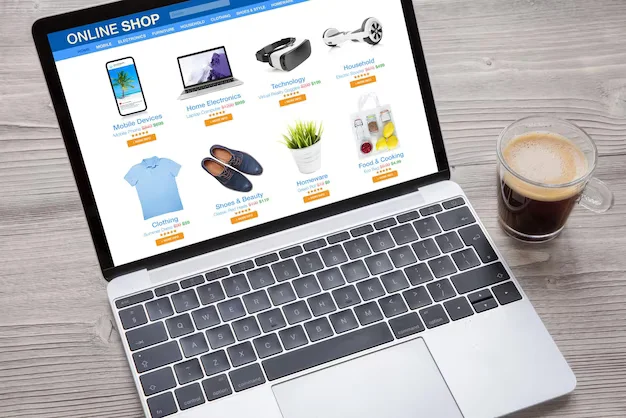Setting up and optimizing your shipping on Shopify is key to running a successful online store. An effective shipping strategy can help attract more customers, boost sales, and improve customer satisfaction. In this guide, we’ll cover how to set up and optimize your shipping on Shopify.
Setting Up Shipping Zones
The first step in organizing your logistics is to set up shipping locations. Delivery locations allow you to define specific distribution locations for your product. To create shipping locations, go to your Shopify dashboard and go to the “Settings” tab. Then select “Shipping and delivery”.
Once you’re in the shipping settings, click “Manage rates” in the area you want to configure. Here, you can add different shipping charges based on factors such as weight, price and destination. Be sure to offer competitive pricing that matches your business needs and goals.
Integrating Shipping Carriers
Shopify offers integration with various shipping carriers including UPS, USPS, and FedEx. This integration simplifies the shipping process and provides real-time shipping costs for your customers. Integrate the shipments, go to the “Shipping and Delivery” option, and select “Manage Integrations.”
Select the shipping carrier you want to work with and follow the program instructions. Once consolidated, these carriers will calculate shipping costs based on package dimensions, destination and shipping method.
Customizing Shipping Options
Tailor your logistics to the specific needs of your business and the expectations of your customers. You can offer different shipping options like standard, express, or next-day delivery. In addition, consider using a free shipping promotion to promote larger orders.
Customization also extends to packaging. Optimize your packaging to reduce shipping costs and environmental impact. Choose the right packing materials and sizes to minimize lateral freight costs and protect your belongings in transit.
Testing and Fine-Tuning
Once your logistics are set, it’s important to test the entire process. Take test orders from a variety of sources and make sure your shipping rates are accurate, and your customers get the service they expect.
Regularly analyze your shipping data to identify any inefficiencies or areas for improvement. You can use Shopify’s built-in analytics or third-party apps to gain insights into your shipping performance. Based on this data, adjust your shipping schedule to optimize cost and delivery time.
In conclusion, organizing and optimizing your delivery on Shopify is essential to the success of your online store. By creating effective sailing areas, and shipping combinations, optimizing strategies, and constantly testing and optimizing, you can improve your’ improve customer shopping experience and grow your eCommerce business.


